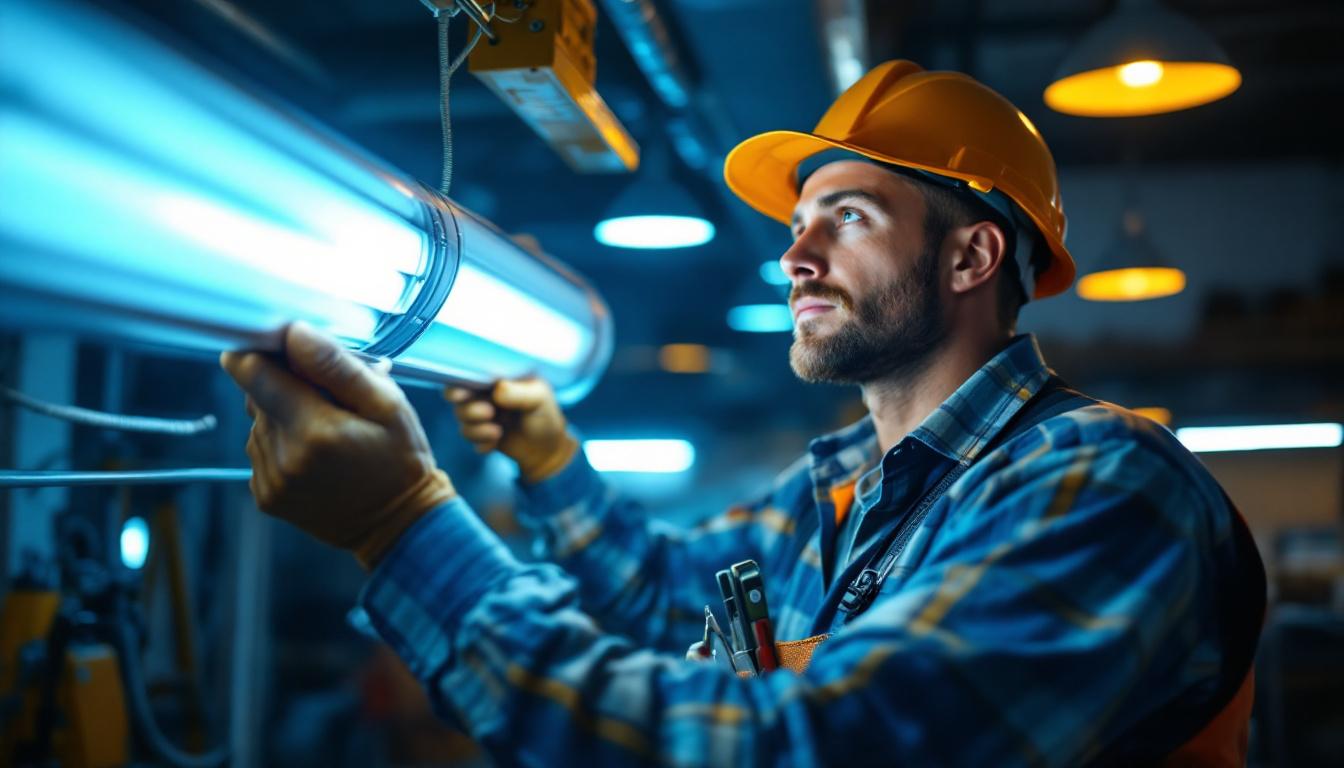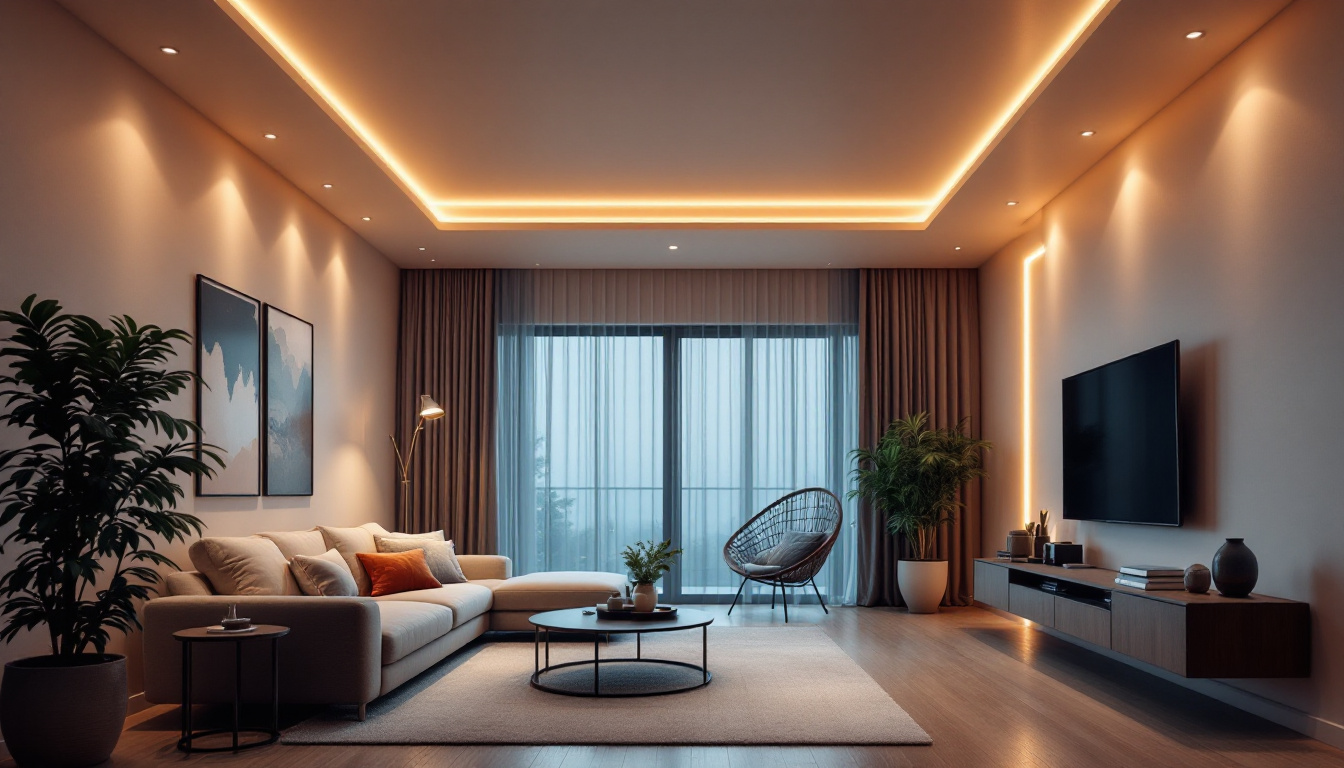
As the lighting industry continues to evolve, many contractors find themselves asking whether they need to remove ballast when installing LED lights. This question is crucial, as it can significantly impact both the performance of the lighting system and the overall efficiency of the installation. Understanding the role of ballast in traditional lighting systems and how it interacts with LED technology is essential for making informed decisions.
Ballast is a critical component in fluorescent and HID (High-Intensity Discharge) lighting systems. Its primary function is to regulate the current flowing through the lamp, ensuring that it operates efficiently and effectively. Without ballast, these types of lights would flicker or fail to start altogether.
In addition to starting the lamp, ballast also helps to stabilize the electrical current during operation. This stabilization is vital for maintaining consistent light output and prolonging the life of the lamp. However, as LED technology has advanced, the need for traditional ballasts has diminished, leading many contractors to reconsider their role in modern lighting installations. The transition to LED lighting not only offers energy savings but also enhances the quality of light, making it a compelling choice for both residential and commercial applications.
There are primarily two types of ballasts: magnetic and electronic. Magnetic ballasts are older technology and tend to be bulkier, while electronic ballasts are more compact and efficient. Electronic ballasts can also provide better control over light output and energy consumption, making them a more favorable option in many applications. Furthermore, electronic ballasts often feature advanced circuitry that allows for dimming capabilities, which can significantly enhance the ambiance of a space and contribute to energy savings when lower light levels are sufficient.
When transitioning to LED lighting, understanding the type of ballast currently in use is essential. Some LED products are designed to work with existing electronic ballasts, while others require direct wiring without ballast. This distinction can influence the installation process and the overall effectiveness of the LED system. In addition, the compatibility of LED fixtures with existing ballasts can affect the performance and lifespan of the lighting, as mismatched components may lead to flickering or reduced efficiency. As such, it is crucial for contractors and facility managers to carefully evaluate their current lighting infrastructure and make informed decisions that align with their energy efficiency goals and lighting needs.
LED lights operate differently than traditional fluorescent or HID lamps. They do not require a ballast to function, as they are designed to work directly with a low-voltage power supply. This fundamental difference raises the question: should contractors remove the ballast during LED installations?
In many cases, the answer is yes. Removing the ballast can enhance the efficiency of the LED system and eliminate potential issues related to compatibility. However, there are exceptions where keeping the ballast may be advantageous, particularly with certain types of LED retrofit solutions.
Removing the ballast is often recommended when installing LED tubes that are designed for direct wiring. These LED tubes bypass the ballast altogether, allowing for a more straightforward installation and improved energy efficiency. By eliminating the ballast, contractors can also reduce the risk of ballast-related failures, which can lead to costly maintenance and downtime.
Additionally, removing the ballast can lead to a more compact installation, allowing for better space management in fixtures. This is particularly beneficial in commercial settings where maximizing space is a priority. Furthermore, the removal of the ballast can contribute to a lighter overall fixture weight, which can be advantageous in applications where structural support is a concern. In environments such as warehouses or manufacturing plants, where lighting is critical, the enhanced performance and reliability of direct-wired LED systems can significantly improve operational efficiency.
In some cases, it may be beneficial to retain the existing ballast. Certain LED retrofit tubes are designed to work with electronic ballasts, allowing for a more straightforward installation process. This option can save time and labor costs, making it an attractive choice for contractors looking to streamline their projects.
Moreover, using LED products that are compatible with existing ballasts can help maintain the overall aesthetic of the lighting system. For example, if a facility has a specific look or feel that relies on the existing fixtures, retrofitting with compatible LED tubes can preserve that design while improving energy efficiency. Additionally, keeping the ballast can provide a buffer against voltage fluctuations, which can be particularly useful in older buildings where electrical systems may not be as stable. This compatibility can also simplify the transition to LED technology, allowing facilities to upgrade their lighting without a complete overhaul of their existing systems, thereby minimizing disruption and maintaining continuity in operations.
Cost is always a significant factor in any lighting project. When considering whether to remove the ballast, contractors must weigh the initial costs against long-term savings. While removing the ballast may involve additional labor and potential rewiring, it can lead to substantial energy savings and reduced maintenance costs over time.
LED lights typically consume less energy than their fluorescent counterparts, and without the ballast, the energy savings can be even more pronounced. Additionally, LED lights have a longer lifespan, which means fewer replacements and lower maintenance costs. This combination can result in a favorable return on investment, making the upfront costs worthwhile.
To determine the potential energy savings from removing the ballast, contractors can perform a simple calculation. First, assess the wattage of the existing fluorescent or HID lamp and the wattage of the new LED fixture. Next, factor in the operating hours per day and the cost of electricity. This calculation can provide a clear picture of potential savings over time.
For instance, if a contractor is replacing a 32-watt fluorescent tube with a 15-watt LED tube, the energy savings per tube is 17 watts. If the lights operate for 10 hours a day, the daily savings can be calculated, and when multiplied by the cost of electricity, the annual savings become apparent. This information can be invaluable when discussing project costs with clients. Additionally, many utility companies offer rebates or incentives for upgrading to energy-efficient lighting, which can further enhance the financial benefits of removing the ballast.
Long-term maintenance is another critical factor to consider when deciding whether to remove the ballast. Traditional ballasts can fail over time, leading to flickering lights and costly repairs. By removing the ballast and installing LED fixtures designed for direct wiring, contractors can minimize the risk of future failures and maintenance issues.
Furthermore, LED lights typically have a lifespan of 25,000 to 50,000 hours, significantly longer than traditional fluorescent lamps. This longevity reduces the frequency of replacements and the associated labor costs, making it a more cost-effective solution in the long run. Beyond just the lifespan, LEDs also maintain their brightness and color quality over time, ensuring that spaces remain well-lit and visually appealing. This consistency can enhance the overall ambiance of a space, which is particularly important in commercial settings where lighting plays a crucial role in customer experience. Moreover, as technology advances, newer LED models may offer even greater efficiency and features, making the initial investment in ballast removal even more attractive for future upgrades.
When transitioning to LED lighting, following best practices can ensure a successful installation. This includes thorough planning, understanding the specific needs of the space, and choosing the right LED products for the application.
Contractors should conduct a comprehensive assessment of the existing lighting system, including the type of fixtures, the layout of the space, and the lighting requirements. This assessment will help determine whether to remove the ballast or retain it for a retrofit solution.
Not all LED products are created equal. Contractors should select high-quality LED fixtures that meet industry standards for performance and efficiency. Look for products that have been tested and certified by recognized organizations, ensuring they meet safety and performance criteria.
Additionally, consider the specific application when choosing LED products. For example, commercial spaces may require different lighting solutions than residential areas. Understanding the unique needs of each space will help contractors make informed decisions that enhance both aesthetics and functionality.
As the lighting industry continues to evolve, ongoing training and education for contractors is essential. Staying updated on the latest technologies, installation techniques, and energy efficiency standards will empower contractors to make informed decisions for their clients.
Many manufacturers and industry organizations offer training programs and resources to help contractors stay current. Participating in these programs can enhance skills, improve installation practices, and ultimately lead to better outcomes for clients.
The decision to remove ballast when installing LED lights is not a one-size-fits-all answer. It requires careful consideration of various factors, including the type of ballast, the specific LED products being used, and the overall goals of the lighting project. By understanding the role of ballast in traditional lighting systems and the benefits of LED technology, contractors can make informed decisions that enhance efficiency, reduce costs, and improve client satisfaction.
Ultimately, whether to remove the ballast or retain it will depend on the unique circumstances of each project. By evaluating the potential energy savings, maintenance considerations, and the specific needs of the space, contractors can choose the best approach for their installations. Embracing the transition to LED lighting not only benefits the environment but also positions contractors as leaders in the ever-evolving lighting industry.
Ready to take your lighting installations to the next level? LumenWholesale is here to support your journey towards more efficient, cost-effective, and high-quality lighting solutions. Our spec-grade LED products are designed to meet the needs of discerning contractors, offering superior performance without the premium price tag. Say goodbye to the hassle of local distributors and hello to convenience with our hassle-free bulk buying and free shipping. Elevate your lighting projects and pass on the savings to your clients. Discover the perfect fusion of quality and value at Wholesale Lighting at the Best Value and lead the way in the smart lighting revolution.

Discover the crucial role lumens per square foot play in lighting design and how this measurement impacts the success of contractors’ projects.

Discover the essential resources lighting contractors rely on to master recessed LED lighting.

Discover the fascinating science behind LED light bulbs and explore why they’re revolutionizing the lighting industry.

Discover expert insights into the world of LED ceiling light fixtures with our comprehensive guide tailored for lighting contractors.